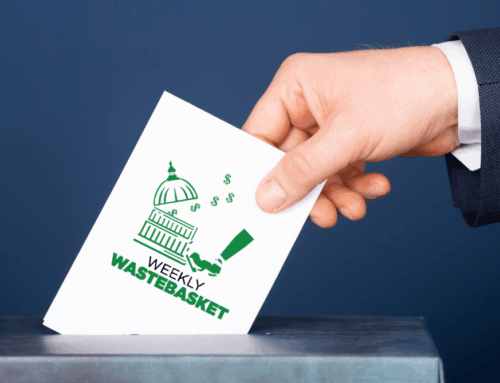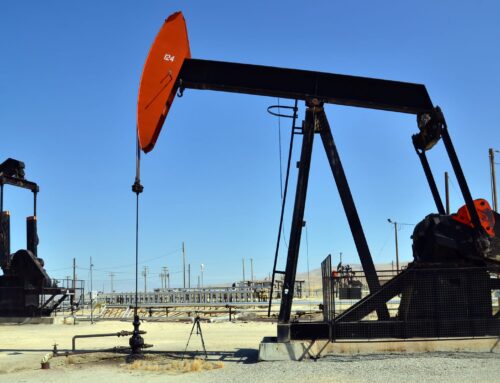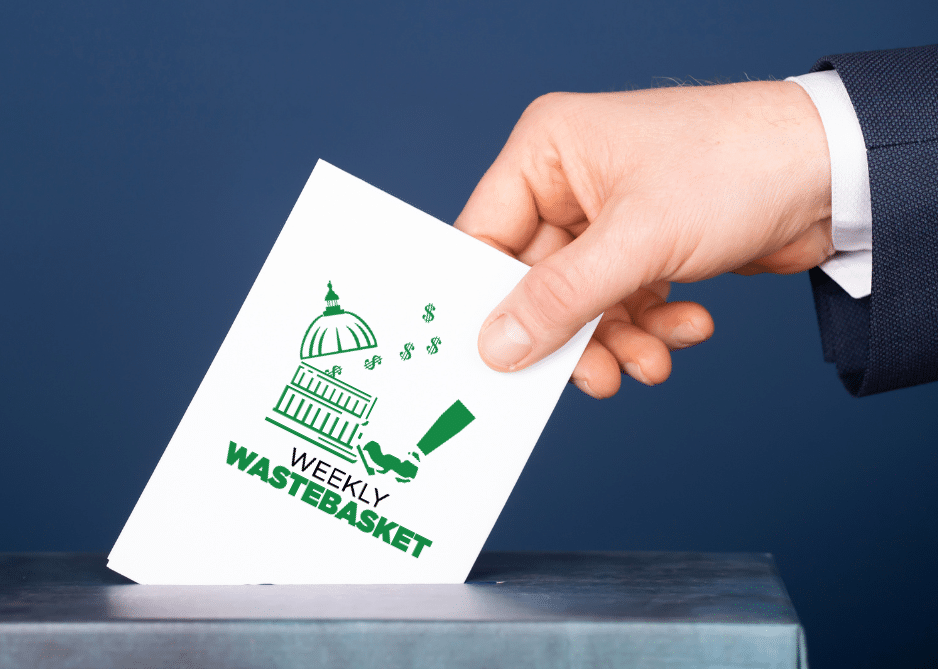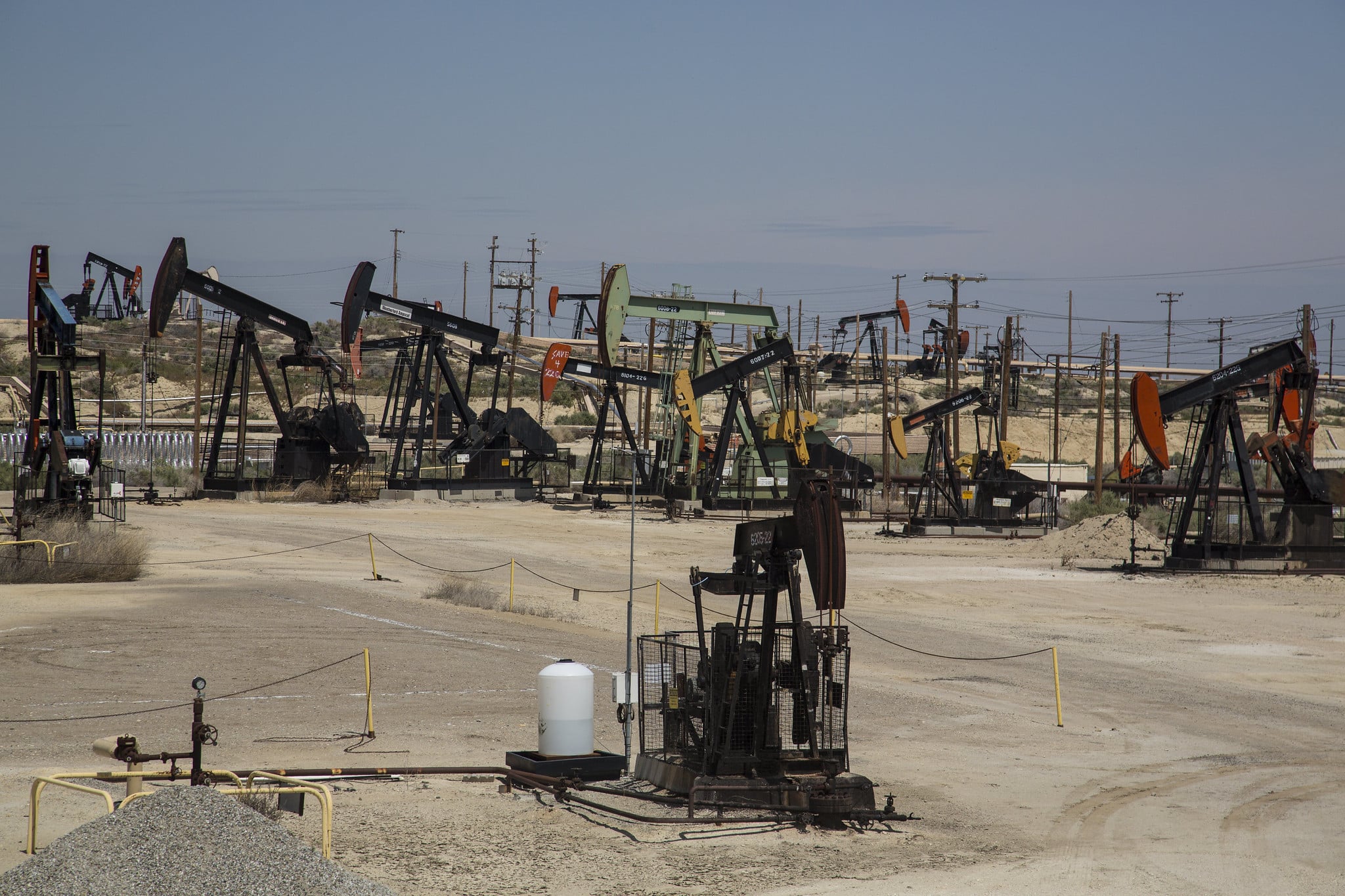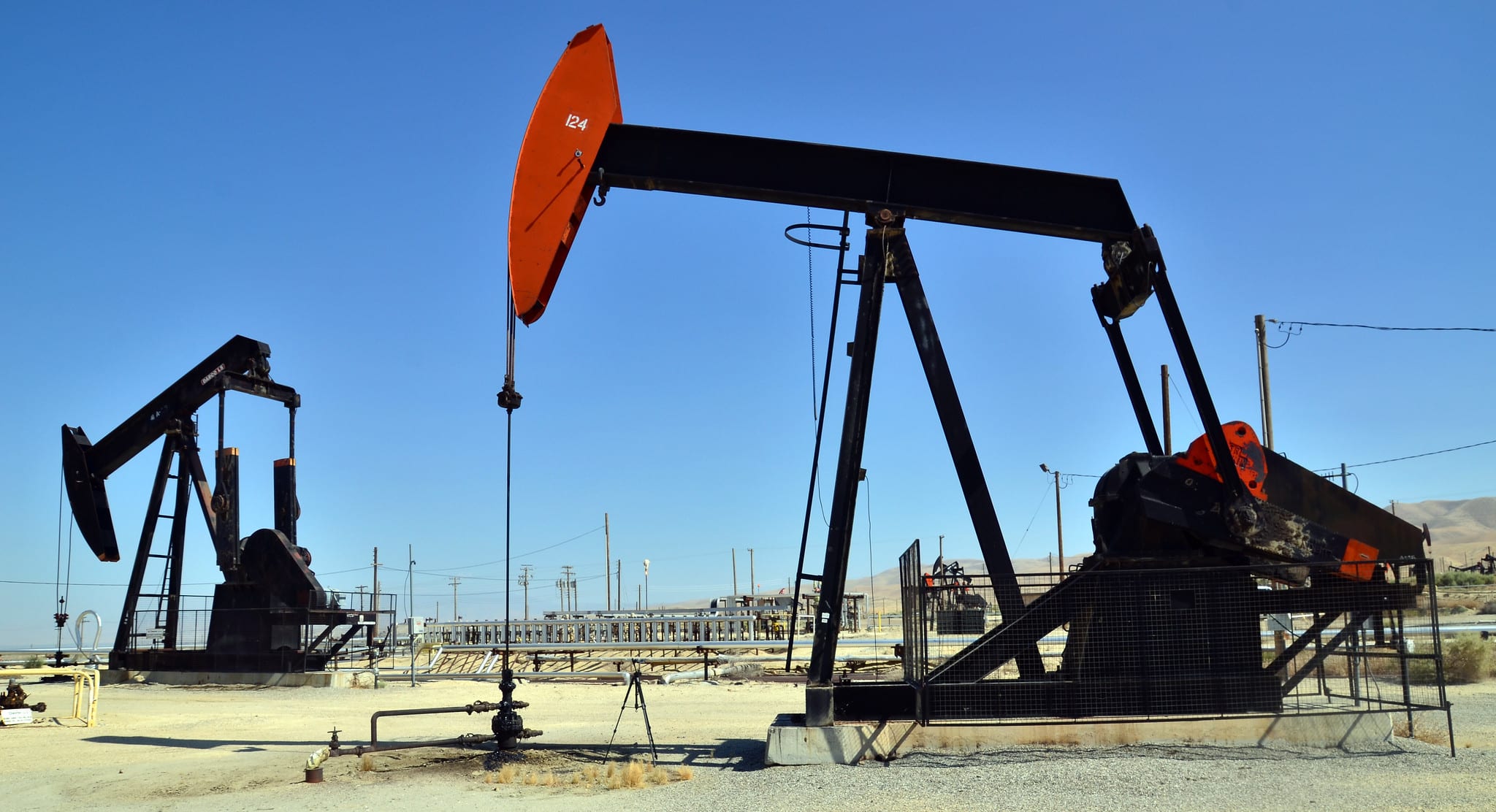The One Big Beautiful Bill Act (OBBBA) was billed as a chance to clean up the tax code—cutting costly subsides and closing loopholes that have long benefited entrenched industries and reduced federal revenues. But instead of seizing the broader opportunity to scale back waste, lawmakers doubled down on many of the worst giveaways. OBBBA expanded fossil fuel subsidies ripe for abuse, carved out new ones, and rolled back taxpayer protections on federal leasing.
Fossil fuels stand out as a clear winner. Even before OBBBA, taxpayers were already on the hook for over $55 billion over 10 years in fossil fuel subsidies, mostly from long-standing provisions like intangible drilling costs, percentage depletion allowance, as well as the 45Q tax credit for carbon capture and storage. Instead of reducing that burden, OBBBA added substantially more. By expanding 45Q, cutting royalty rates, delaying the methane fee, and creating new carve-outs, the law piles on an additional $25 to 30 billion in direct costs over the next ten years. All told, taxpayers are now looking at more than $70 billion in new and expanded fossil fuel subsidies through 2034, plus the risk of up to $250 billion in federal loan guarantees.
| OBBBA Fossil Fuel Subsidy Changes | Taxpayer Cost (FY2025-34) |
|---|---|
| Carbon Oxide Sequestration Tax Credit (45Q) | $50.2 billion |
| Intangible Drilling Costs Deduction for Corporate Alternative Minimum Tax | $1.1 billion |
| Advanced Manufacturing Production Credit (45X) for Metallurgical Coal | No Estimate Available |
| Onshore and Offshore Oil and Gas Royalty Reduction | $6 billion |
| Mandated Onshore and Offshore Oil and Gas Lease Sales | No Estimate Available |
| Coal Royalty Reduction | No Estimate Available |
| Methane Waste Emissions Fee Delay | $7.2 billion |
| Section 1706 Loan Guarantee Program | $6 billion (+$250 billion in loan authority) |
| Total | $70.5 billion |
New and Expanded Tax Subsidies
Expanded Carbon Capture and Storage Tax Credit
OBBBA increases the value of the Carbon Oxide Sequestration Tax Credit (45Q) for companies that capture carbon dioxide—whether from smokestacks or ambient air—and use it for or other uses. While not exclusive to fossil fuels, nearly all commercial CCS projects are tied to coal and natural gas plants, and the oil and gas industry is set to be the biggest beneficiary. Previously, credit values varied by end use, with higher rates for geological storage and lower ones for EOR. Under the new law, all new facilities can claim up to $85 per ton—or $180 per ton for direct air capture (DAC)—regardless of use. According to the Joint Committee on Taxation (JCT), expanding 45Q will cost taxpayers an additional $14.2 billion over FY2025–2034, on top of the $36 billion already projected.
Intangible Drilling Costs Deduction for Corporate Alternative Minimum Tax
On top of the expanded 45Q credit, OBBBA creates a new favorable tax treatment for oil and gas companies by allowing them to deduct intangible drilling costs (IDCs) from their adjusted financial statement income when calculating the corporate alternative minimum tax (CAMT). The expensing of IDC—dating back to 1913—and allows companies to immediately expense drilling costs like wages, fuel, and site prep, when calculating their corporate taxes while other industries must spread such costs over the life of an asset. This treatment—combined with other favorable provisions like the percentage depletion allowance, which permits a fixed percentage deduction of gross income from resource extraction—has enabled oil and gas companies to pay exceptionally low effective tax rates.
The CAMT was established by the Inflation Reduction Act (IRA) in an effort to curb this kind of tax avoidance by imposing a 15% minimum tax on the adjusted financial statement income (AFSI) of large corporations. Corporations must pay whichever is greater: the 15% CAMT, or the regular 21% corporate tax plus any additional tax liability from the base erosion and anti-abuse tax (BEAT). AFSI accounts for depreciation, net of operating losses, and other adjustments that reduce the tax base. While IDC was originally excluded from allowable adjustments, OBBBA now makes it deductible under CAMT. JCT estimates this change will cost $427 million over the next decade, though earlier analyses pegged it closer to $1.1 billion.
Advanced Manufacturing Production Credit (45X) for Metallurgical Coal
OBBBA also makes metallurgical coal, used in steelmaking, eligible for the Advanced Manufacturing Production Credit (45X). By designating it a “critical mineral,” the bill grants producers a 2.5% tax credit through 2029.
Favorable Leasing Terms
Favorable Oil & Gas Leasing Terms
The oil and gas industry also secured below-market federal leasing terms. Onshore, the bill lowers royalty rates for new leases from 16.7% to 12.5%, repeals the $5 fee for submitting expressions of interest, and reinstates the noncompetitive leasing loophole, which allows companies to sidestep competitive bidding at auctions entirely. It also eliminates royalties on gas that is flared, vented, or used onsite, costing taxpayers millions in lost revenue and wasting a valuable energy resource. Offshore, new leases now carry royalty rates between 12.5% and 16.7%, down from a minimum of 16.67% and a maximum of 18.75%. One analysis estimated that the onshore and offshore royalty reduction will cost taxpayers $6 billion over the next 10 years, followed by exponentially increasing losses up to $42 billion until 2050.
The bill further mandates federal onshore and offshore oil and gas lease sales, allowing the industry to gain more access to public land and waters with ease while rolling back regulations that safeguard taxpayers. Onshore, the Department of the Interior must offer at least 50% of nominated parcels at quarterly onshore lease sales and offer another auction if fewer than 75% of acres receive bids. Drilling permits are extended from three to four years, and regulators must approve requests to commingle production. In Alaska, OBBBA requires five lease sales in the National Petroleum Reserve and four in the Arctic National Wildlife Refuge over the next decade. Offshore, it mandates 30 lease sales in the Gulf of America by 2040 and six in Cook Inlet by 2032.
Favorable Coal Leasing Terms
Federal coal leasing was similarly reshaped. Within 90 days, Interior must publish environmental reviews and hold lease sales for pending applications, authorize mining on federal reserves tied to existing plans, and open another four million acres for leasing. The bill also lowers the federal coal royalty rate from a minimum of 12.5% to a maximum of 7% for the next 10 years.
Other Federal Subsidies
Methane Waste Emissions Fee Delay Carbon Capture and Storage
OBBBA delays implementation of the methane waste emissions fee, lowering industry costs while stripping away expected revenue. The fee—projected to raise $7.2 billion over the next decade—was meant to ensure taxpayers were compensated for wasted gas that could otherwise be captured and sold. Although the bill rescinds remaining funds for the Methane Emissions Reduction Program (MERP), which was established to help companies acquire methane mitigation technologies and equipment, $1.4 billion has already gone out the door; meaning that just $150 million remains unobligated and available to be rescinded. In effect, taxpayers fronted billions to help industry prepare for the fee, only to see companies walk away from their obligations.
Access to Debt Capital Financing
OBBBA amends Section 1706 loan guarantee program to heavily favor existing coal plants. Originally created by IRA to repurpose existing and retired energy infrastructure or cut greenhouse gas emissions, the program now supports maintaining “grid reliability”—a shift widely seen as earmarking the program for coal and nuclear plants. The IRA appropriated $5 billion through FY2026 and provided a $250 billion loan guarantee authority. OBBBA extends the deadline to FY2028 and appropriates an additional $1 billion for the loan guarantee program.
Conclusion
Fossil fuels emerge as one of the biggest beneficiaries of OBBBA. The new and expanded tax subsidies, below-market rate leasing terms, and regulatory rollbacks pile on top of century-old giveaways like the expensing of IDC and percentage depletion allowance, as well as favorable tax treatments like bonus depreciation that’s made permanent by the mega bill. Handing more taxpayer dollars to mature industries doesn’t promote energy dominance—it just fattens the balance sheets of oil, gas, and coal companies at the expense of taxpayers.


